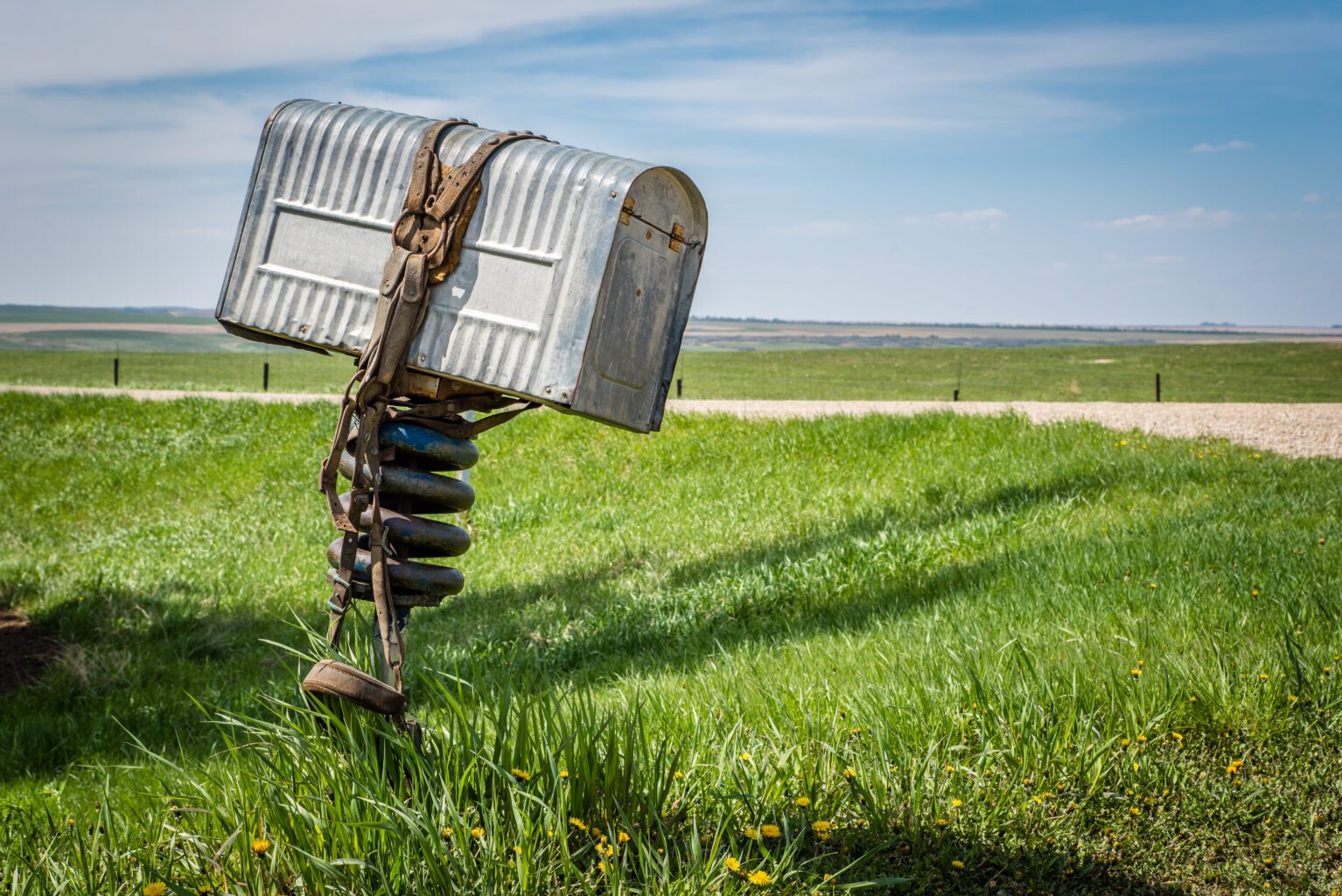Sales email Call to Actions: How to write email CTAs

Prospecting is tough. You map your market, you research your audience, you verify their email addresses, write the perfect message, and then… nothing. Even if everything else is great, getting the call to action wrong can lead to a shortage of leads.
Any sales email requires a particularly good call to action. It’s a big ask, emailing someone out of the blue and getting them to do something.
Step one: Write a great email
The first step of a great CTA is winning email copy.
Often in life, you can’t just dive straight into the main event. What you do in the build-up can be just as important. You feed to get everybody in the mood: set the scene, warm things up. Maybe adjust the lighting. You’re probably ahead of me in the analogy here… sandpapering is a vital first step when varnishing a table, even though it’s dull and just wants a shiny table.
So before we get to the perfect call to action for a sales email, we do need to go through some details of how to write a prospecting email. I promise I’m not padding out the word count here; this really affects conversions.
The perfect call to action will only work if the whole email has followed the golden rules of prospecting. Nobody is going to even get to your CTA if they haven’t stuck around long enough to get to the end of the email.
Make it personal
You are writing to another person. Think of them, sitting at their desk reading it. Maybe they have a photo of their family on the desk. Maybe they have a stress ball or have just returned from the kitchen with a cup of tea.
You are not writing sales agent to prospect. You are not writing marketer to audience. You are writing person to person.
Don’t polish too much
It goes without saying that there should be absolutely no typos – it’s the sort of mistake that can land your email in the spam filter.
However, your email shouldn’t be overly polished. In fact, it should read as if it was typed in a bit of a hurry. A quick note you’ve fired off to a person you’re sure you can help. It’s not a corporate brochure or polished marketing copy.
Write as if you have five minutes of battery left on your phone and you’re firing a quick email to an acquaintance.
It’s all about them
To connect with the prospect quickly, and make them want to read as far as the call to action, everything should be about the prospect.
Every reference is about them: ‘you’, ‘your company’, ‘your industry’. Every example is directly relevant to the role and pain points of a specific person
Get straight to the point
Nobody wants to read your email. Nobody wants to read anything you’ve written to be honest.
I’m not just being mean to you. You don’t really want to be reading this post, and if I stop dropping pearls of prospecting wisdom you will leave this page in an instant (but please do fill in the pop-up form on your way out).
This point is made perfectly by Steven Pressfield,
“Understand that writing/reading is, above all, a transaction. The reader donates his time and attention, which are supremely valuable commodities. In return, you must give him something worthy of his gift to you.”
Don’t wait until the third paragraph to get to the point. Make it clear from the start what your email is about.

You’ve done your research
Too often, trying to sound conversational or approachable, cold emails will contain a sentence like ‘maybe we can discuss your specific challenges’ or ‘I’d love to explore how we can help”.
But you have done your research – that’s why you are emailing this particular person. You have a specific solution to a specific problem they may be facing.
They don’t need to give up their time to help you pitch to them. You do not need to know any more. You already know about them – and you know how you can help.
Your research should also identify how this prospect likes to communicate – are they more formal or informal? Are they likely to want more information or will they go straight for a product demo? Are there cultural nuances to consider in your CTA?
The perfect prospecting CTA
OK, so if you’ve followed all of the above advice, you’ve set yourself up perfectly to deliver the perfect cold email call to action.
Only ever have one call to action
It might be tempting to mention every selling point, feature, and use case your product or service has.
While you feel that you are stacking up irrefutable evidence that makes your product a no-brainer, you actually come across as desperate, over-eager, and not confident in your product.
Don’t try to do too much in one email. One key message and one key ask: offer one solution and ask for one thing.
Don’t use attachments and links
The importance of only having one CTA extends beyond the last line of the email when you ask for a call.
Don’t stuff your email with links to your website, even if they are high converting pages. Don’t add attachments, even if clients love your deck in the pitch. They risk taking the readers attention – and action – away from your desired outcome. Email responses are far more valuable than clicks.
Remember – you only have one goal – and your only route to it is this email. Make the message strong, and make the CTA clear and obvious.
Be specific on timings
The CTA, the last line of your email, should be a clear outline of the next step. Not the next steps, just one step.
If the aim of your prospecting campaign is to secure a phone call, then suggest a particular date.
Don’t just say you’d like a call. It puts the work on them to find a date.
Include a date or two. It makes it easier for the reader to reply with “I’m free at 11”, or “Tuesday doesn’t work, how about Thursday morning?”.
Specifc timings doesn’t just relate to arranging calls – you also need to send them at the right time. But how do you do that? Well, we’ve done it for you – find the best time to send sales emails in our guide.
Be specific on length
OK, so you’ve asked them for a call, on a specific date.
How does the prospect know if they are committing to an hour-long presentation or a quick call over a coffee?
You should only need 15 minutes – if your sales team are rocking, they’ll be able to pique someone’s interest in that time.
So tell the prospect upfront. They are giving up their time. They are risking wasting their time. The payoff is a solution to a problem. If they are giving up 15 minutes, that’s a risk worth taking.

Be confident
Never offer a fall-back option in your CTA. You’re offering them a get-out clause.
Be direct, confident and assumptive in your close.
Assume that the logical course of action is to have a call. Initiate the arrangement of that call.
Always sign off with a question.
Following on from the assumption that a call is the logical next step, your CTA sign off should include a question.
Not an apologetic, does-this-work-for-you one, but a clarification based on the assumption things will progress.
“Are you in the office today?”
“I was thinking about dropping you a quick call on Wednesday, does that work?”.
“Shall I set up a call for Monday afternoon?”
So the best sales email call to actions do not sell. They simply ask for a 15-minute call, at a specific time, using an assumptive tone and featuring a question.
How do we know this for sure? Well, we’ve refined our call to actions in over 14 million emails, and have market-leading results.
If you’d like us to write your sales email call to action for you – as well as take care of mapping your market, sourcing verified contact details, scheduling follow-up emails, and all the other actions a great prospecting campaign should feature, get in touch.
When it comes to sending sales emails, we know a thing or two – we’ve years of experience and millions of emails under our belt. So, if you’re looking to take your sales emails to the next level, get in touch with Sopro.
We’re a B2B email marketing agency that works hard to tap into your target market, understand their problems, and create content that answers questions. For tips and insight into how we get our clients the results they want, see our email marketing for lead generation strategies.







Share